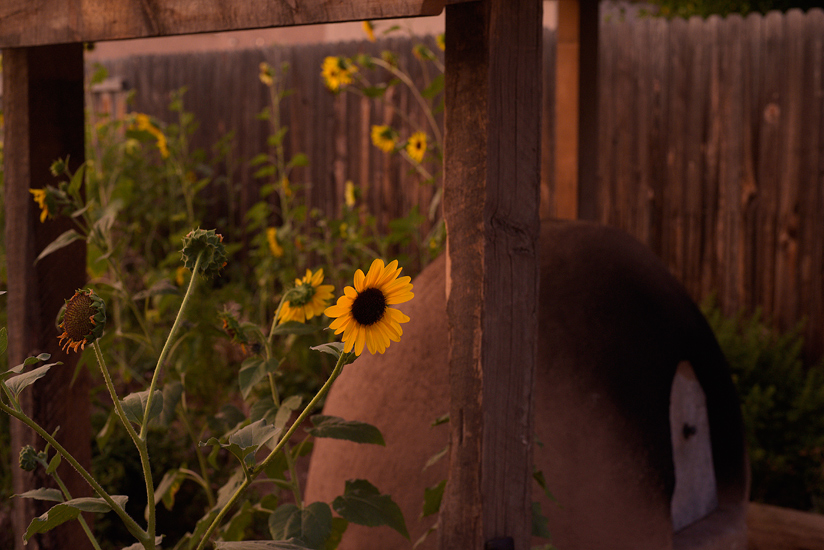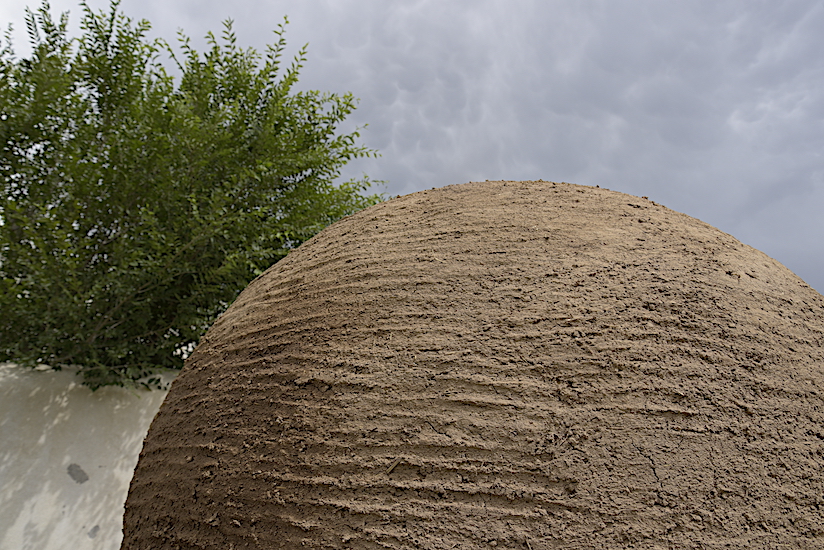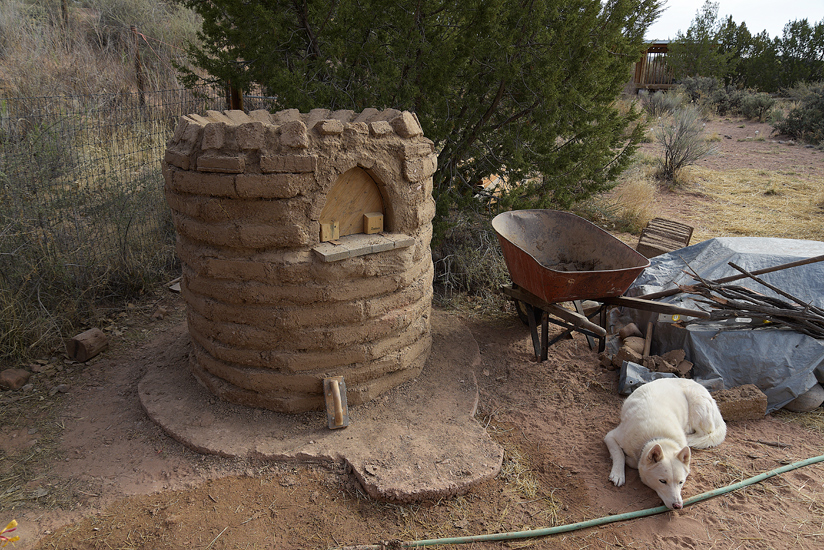The word ‘adobe‘ is thought to have remained approximately unchanged for at least 4000 years. The oldest standing adobe structure in the world is 4600 years old. The oldest evidence of adobe construction in the Americas, 5100 years old, is in Peru. The horno oven design is thought to have been introduced to the Americas by the Spanish in the 1500s, who themselves may have taken the design from northern African cultures.

Horno ovens can last a long time in the dry climate of New Mexico, but they need periodic maintenance. Welcoming an horno into your home environment is a commitment to slow food and to the intention of natural building.

To learn more about why hornos exist, and to understand them in their cultural context, please visit the horno research page. Although wood-fired earth ovens have arisen in many cultural traditions around the world, in New Mexico, the relationship of hornos to European colonization is unique. Please understand that hornos are more than decorations – they exist within the utilitarian operation of the household, and require maintenance and attention like any tool. To some degree they have also been appropriated by white people as a symbol of exotic domesticity, typically without attribution or relationship. I reflect on my own complicity with a recurring donation to the Coalition to Stop Violence Against Native Women, and invite you to visit their website to learn more about their efforts to address the invisibility of Indigenous women in western culture and law enforcement.
Here are a few horno items of interest from other builders:
Santa Fe Botanical Gardens hornos
A Santa Fe horno built by Felipe Ortega
A video of Felipe’s horno build at the Palace of the Governors
